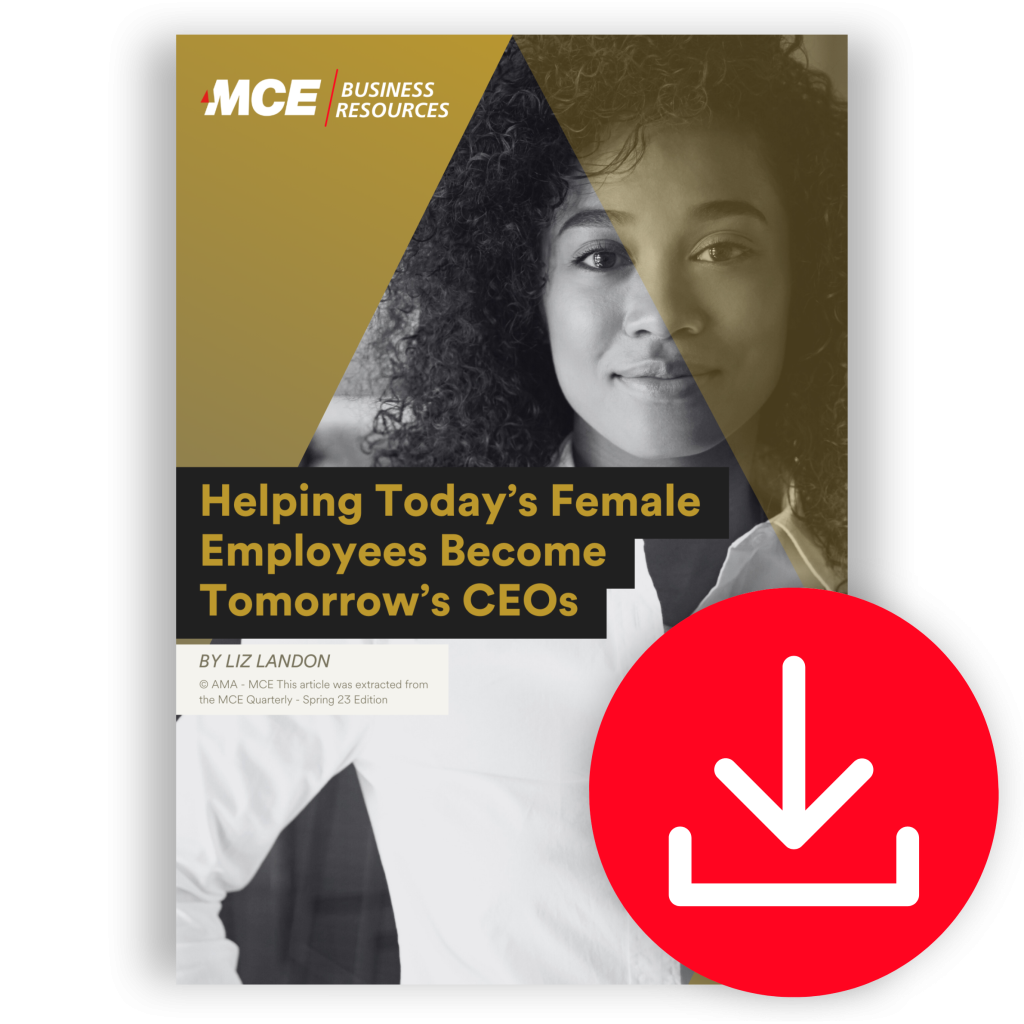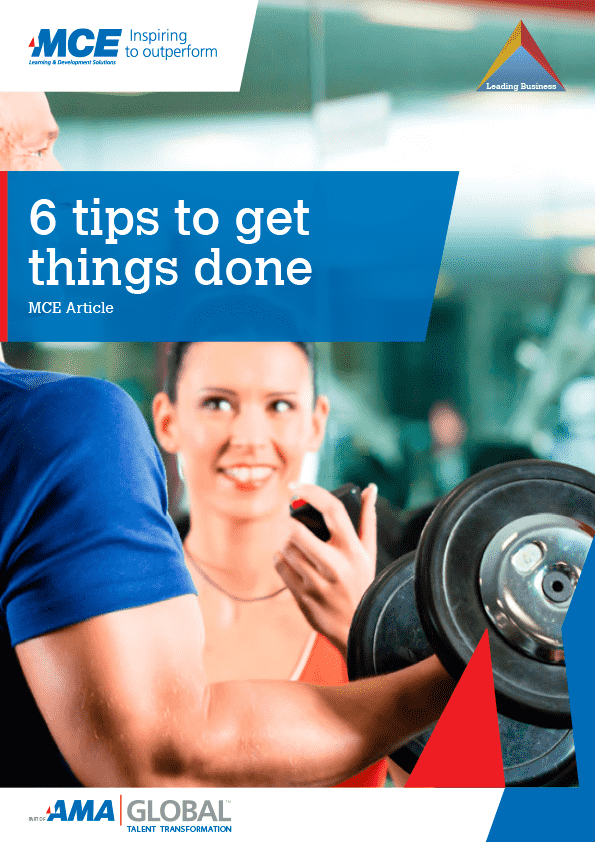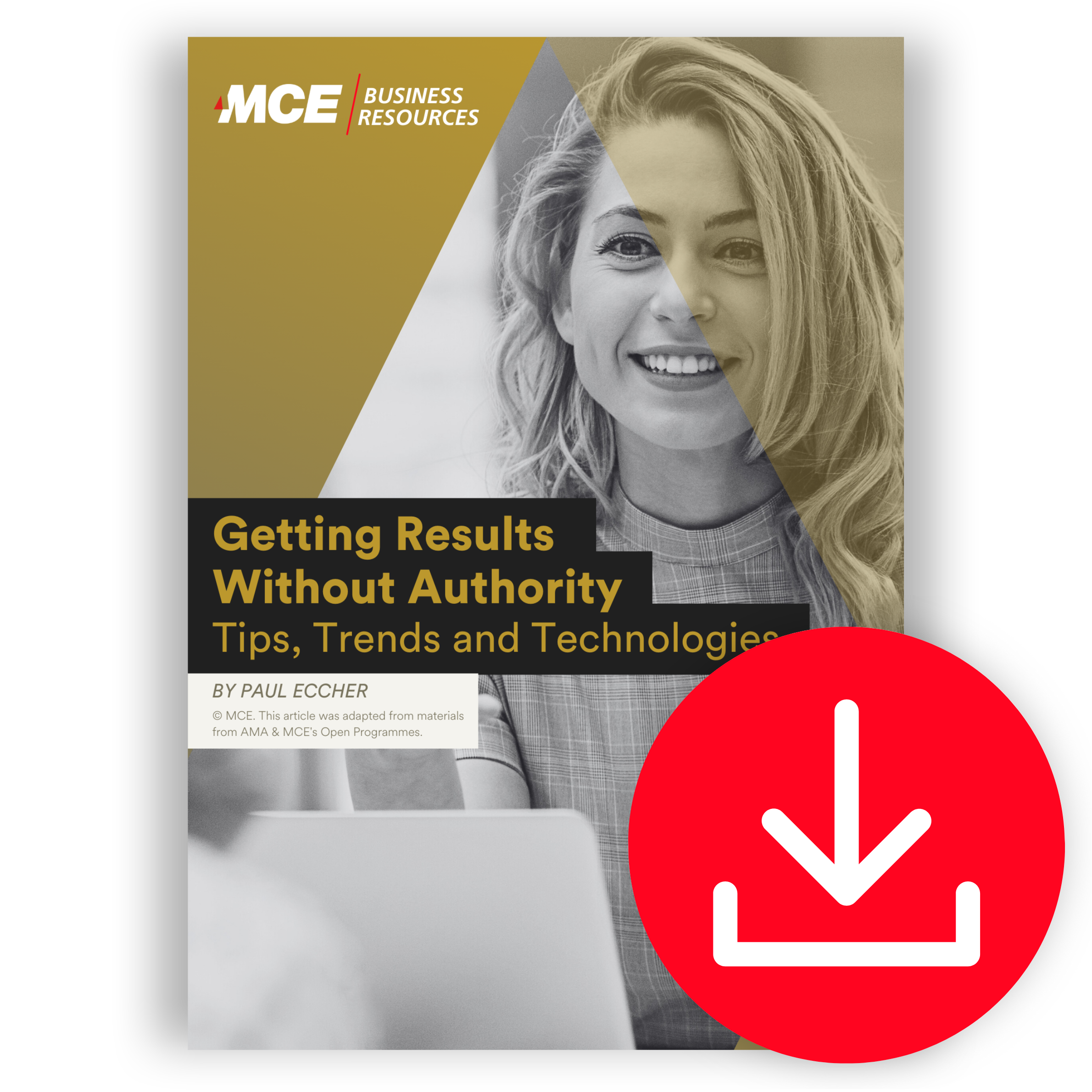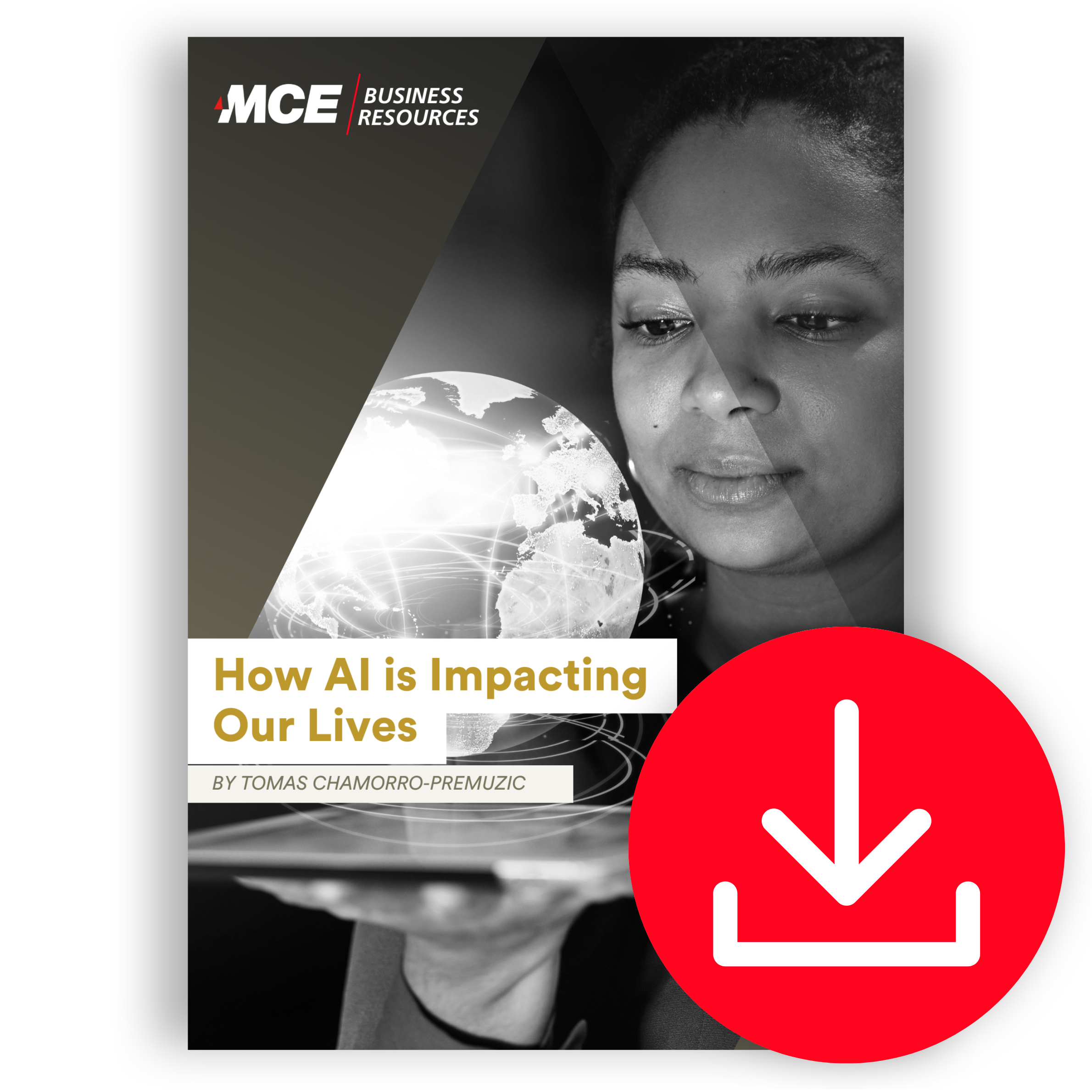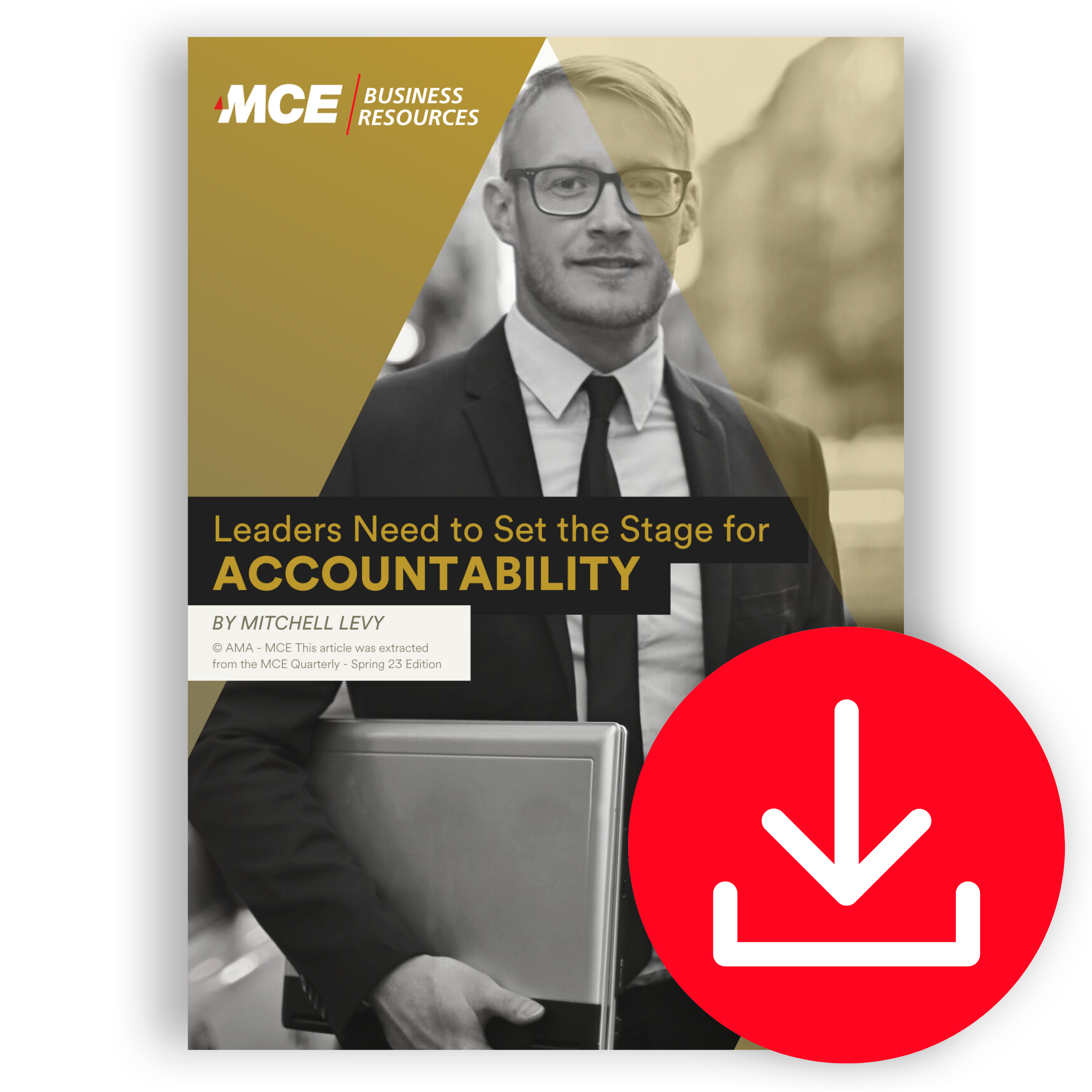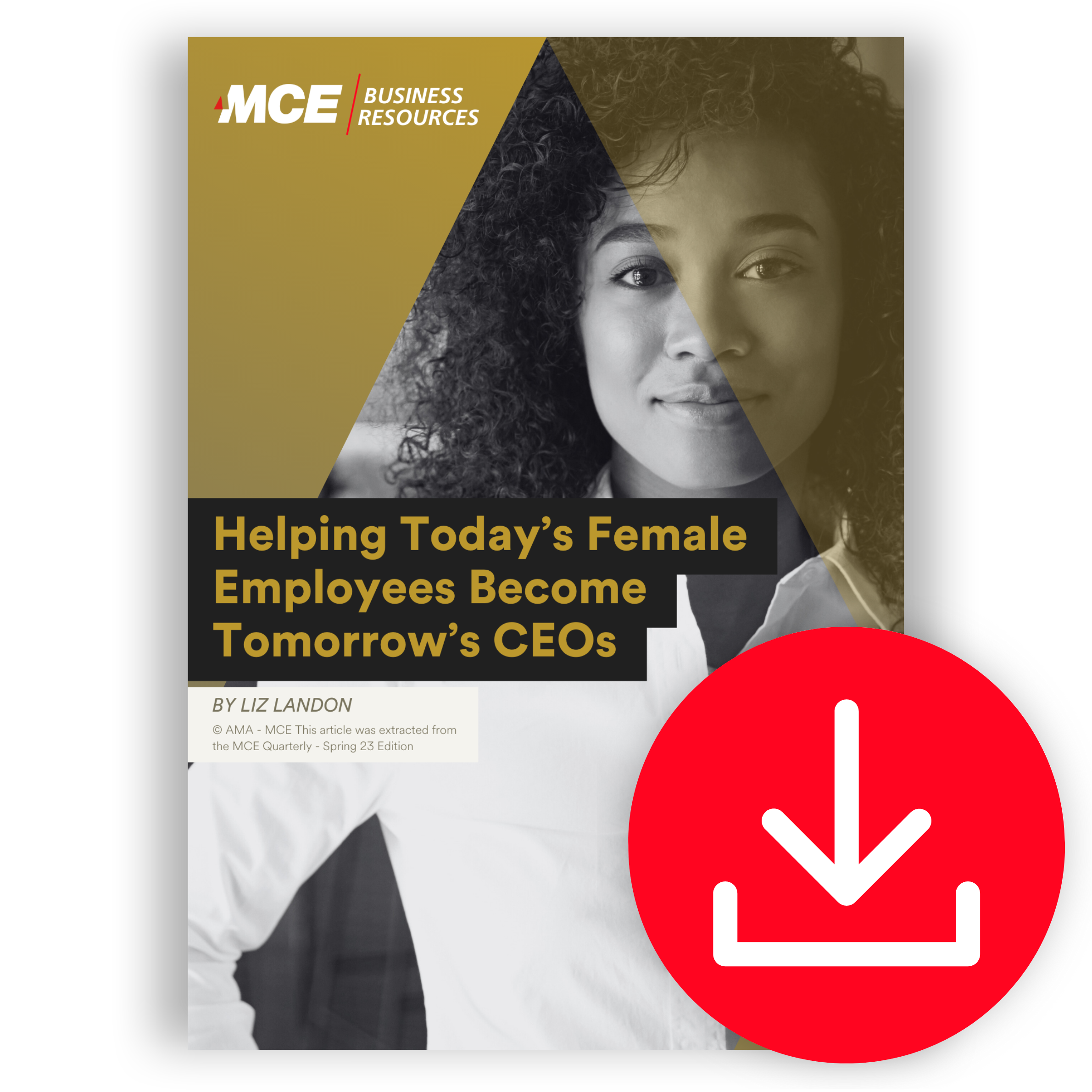
Despite the declarations by some Fortune 500 companies that the number of female CEOs has significantly improved, the data tells a different story.
In 2008, 12 of the top 500 promoted their gender parity programs by announcing a female CEO. Last year, that number rose to 44. Despite 14 years of progress, only 8.8% of these Fortune 500 companies in the
United States are women-led. On the Fortune 500, only 1% are women of color.
It’s clear that women’s ascension to CEO seats is moving at a snail’s pace. In this article, I will touch on key reasons why the percentage of women in executive positions continues to lag. I’ll also share some of the
strategies and programs that our company, Fishawack Health (FH), has implemented to support female managers in making the jump to C-suite leadership.
THE BARRIERS HOLDING WOMEN BACK
While most companies say they’re committed to advancing women, they fail to recognize the systemic barriers, according to an extensive study by Harvard Business Review. Today, women are still reporting harmful,
destructive, and blatant sexism at work. Additionally, greater competition, isolation, and implicit bias have made women reluctant
to choose certain professions, such as engineering.
Despite the fact that women outnumber men in college and drop out less frequently than their counterparts, Kellogg School of Management predicted that half of women graduating from top MBA programs in 2017
would leave the full-time workforce within 10 years of graduation.
The pandemic has only accelerated that pace. In 2021, more than 1 million women left the corporate world altogether. With that, the
pool just became significantly smaller, and retention of women in senior roles is even more important.
Download the full article to know more.
Download Full Article Now
About Writer
Liz Landon joined Fishawack Health in 2021 as its first chief people officer after serving as Heartland Alliance’s chief human resources officer. Before that, she was VP of human resources at the Lyric Opera of Chicago, and had a 25-year career with Accenture where she played numerous roles. Landon draws on her lived experiences of balancing a demanding career, while working part-time to raise her three children.

